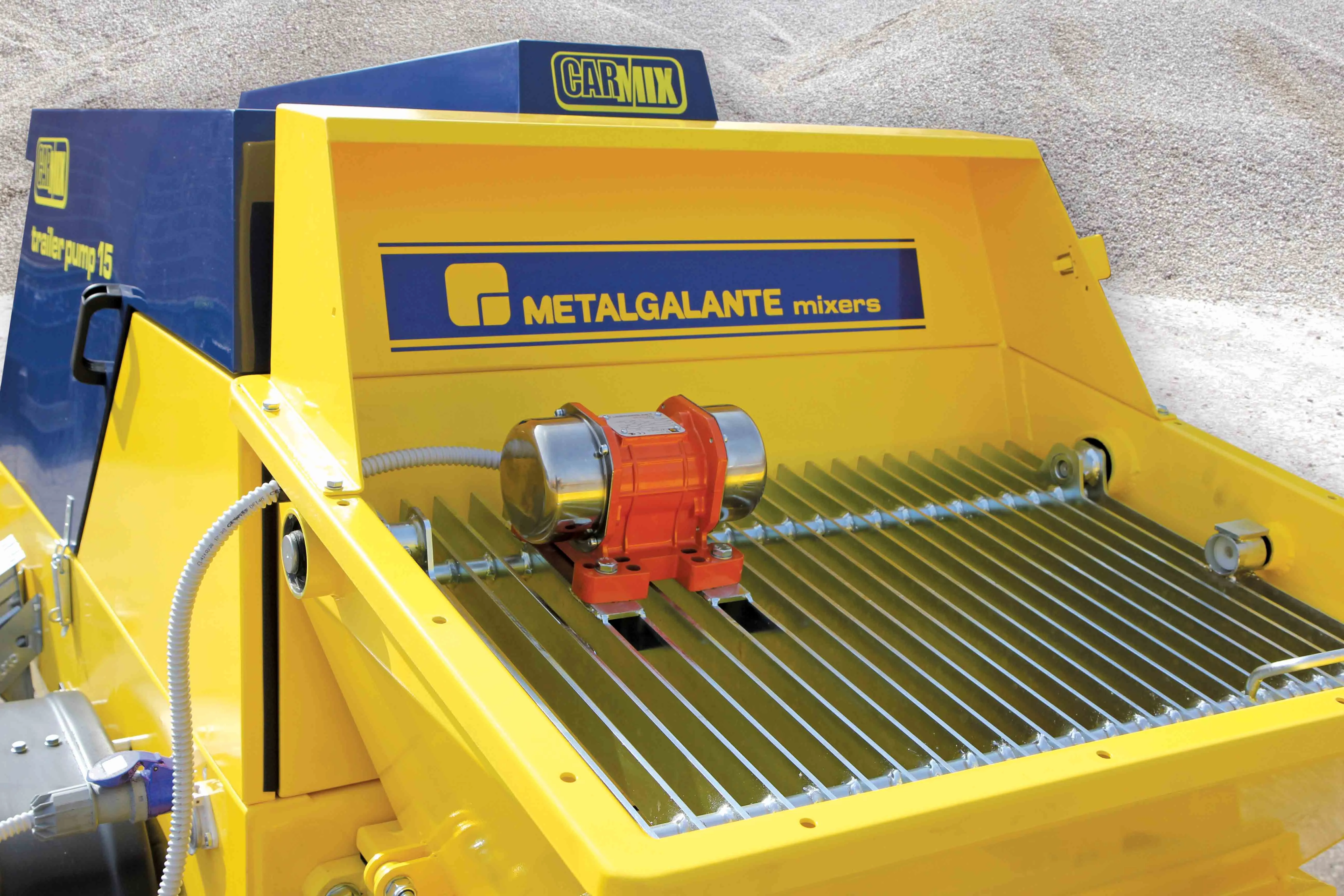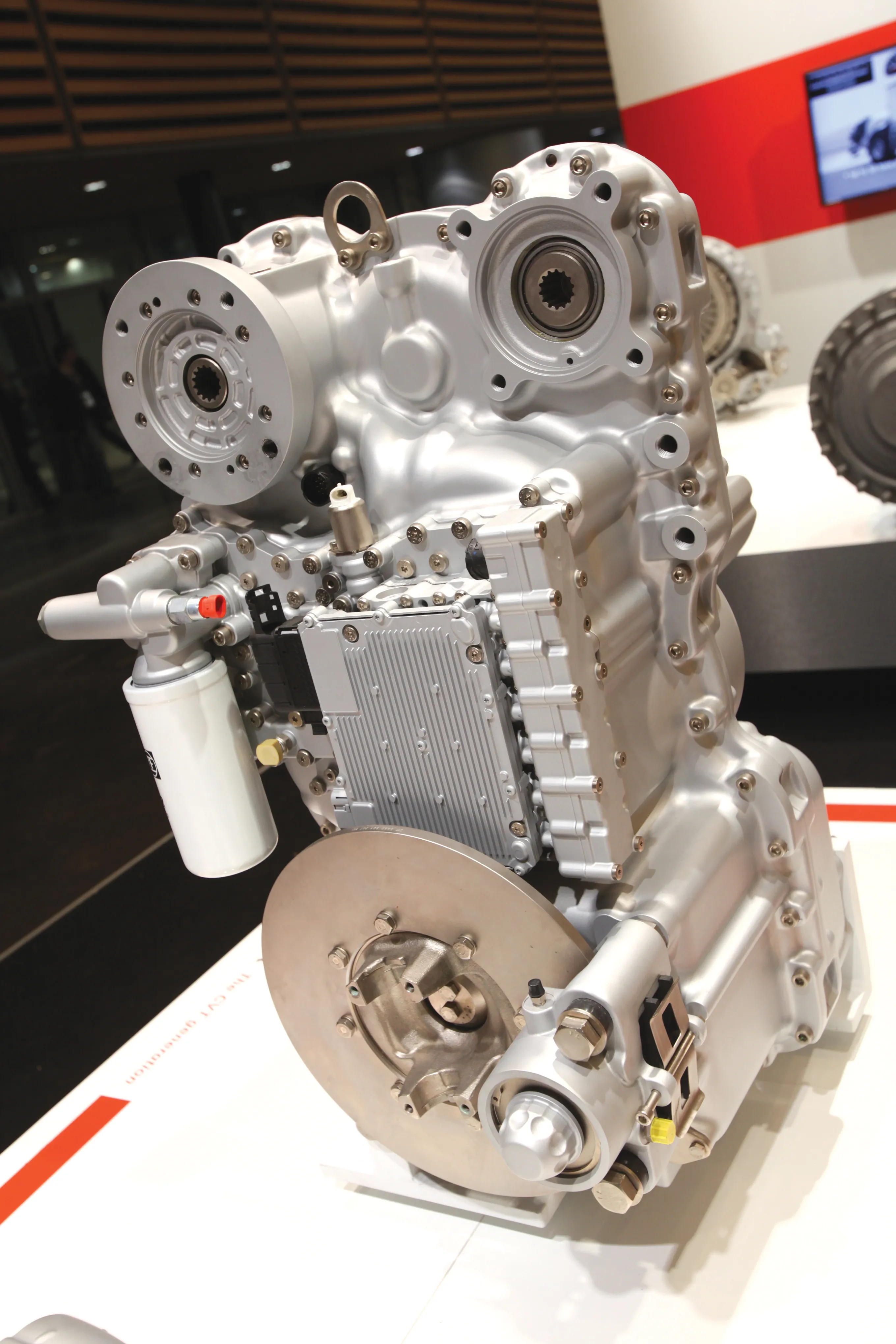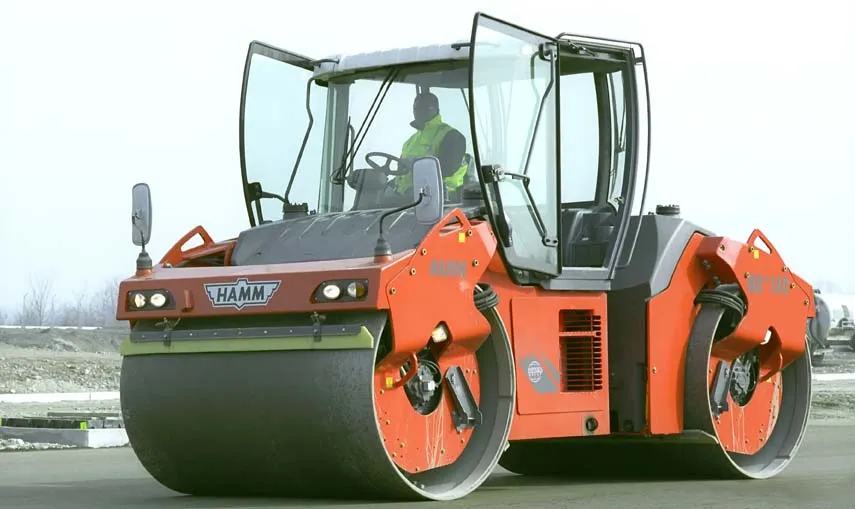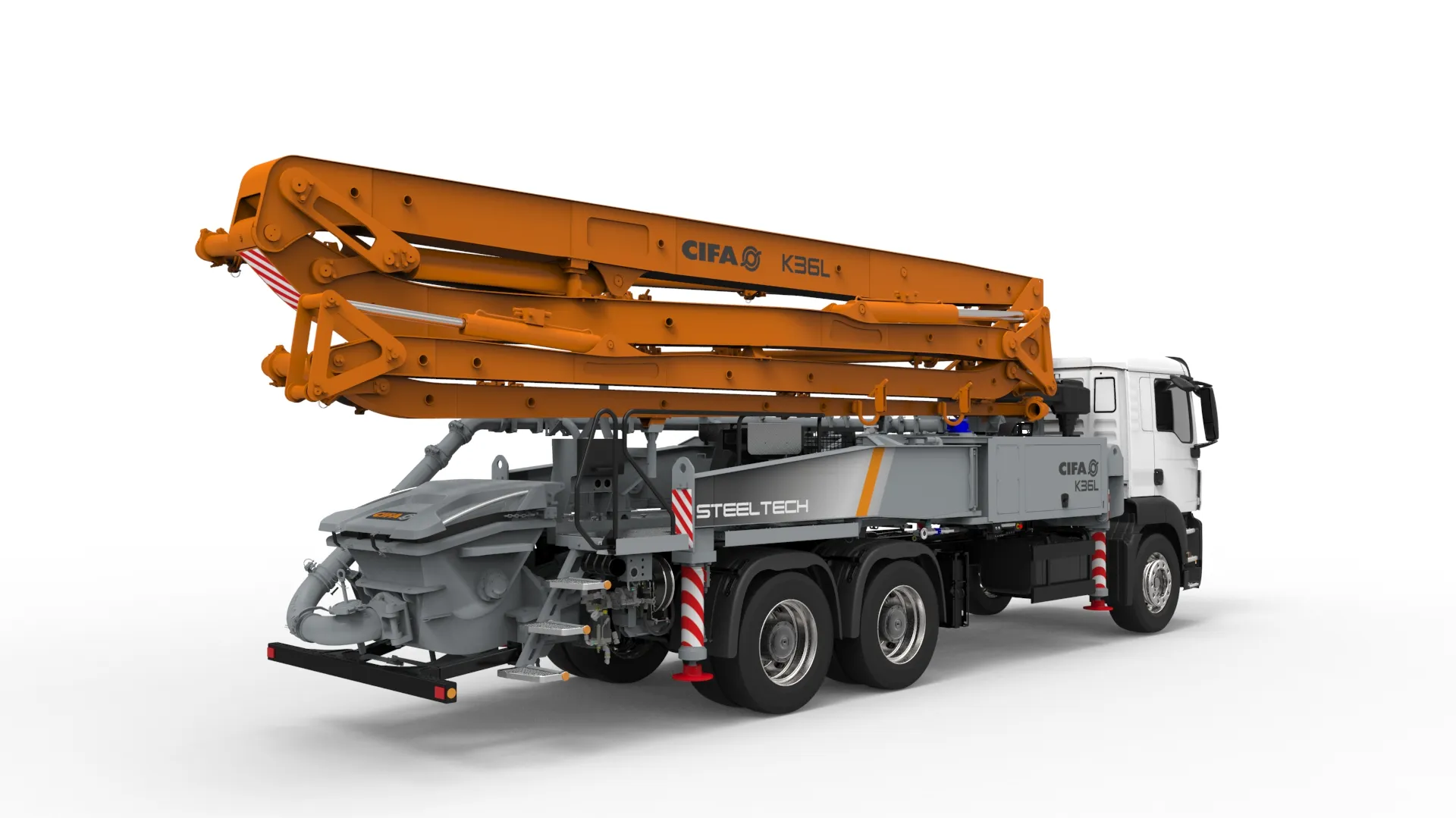Italian firm Metalgalante claimed that its latest Carmix TrailerPump 15 concrete pumps can deliver concrete higher and further than previous models.
The new TrailerPump is compact in size, measuring just over 4m long by 1.5m wide and 1.5m high. This makes it easy to manoeuvre onsite and allows it to be used in applications where access may be limited. The unit has a powerful twin-cylinder piston pump with a hydraulic control, which is said to ensure a capacity of up to 15m3/hour at a pressure of 70 bars
August 24, 2016
Read time: 2 mins

Italian firm Metalgalante claimed that its latest 8074 Carmix TrailerPump 15 concrete pumps can deliver concrete higher and further than previous models.
The new TrailerPump is compact in size, measuring just over 4m long by 1.5m wide and 1.5m high. This makes it easy to manoeuvre onsite and allows it to be used in applications where access may be limited. The unit has a powerful twin-cylinder piston pump with a hydraulic control, which is said to ensure a capacity of up to 15m3/hour at a pressure of 70 bars. The 240litre hopper, effective agitator, 12V electro-vibrator and its EasySpritz system are said to combine to optimise pumping performance.
The pump can be controlled through a remote unit with four functions. The machine also has the firm’s novel Concrete-Mate weighing system, which is said to provide high accuracy for concrete preparation. It also benefits from the firm’s sophisticated Promix package, a digital device that optimises mix design due to a sensor installed in the barrel. The sensor transmits information on the slump, temperature, humidity and speed of rotation of the cement mixer to the cab, but also indicates when the mix is ready.
The new TrailerPump is compact in size, measuring just over 4m long by 1.5m wide and 1.5m high. This makes it easy to manoeuvre onsite and allows it to be used in applications where access may be limited. The unit has a powerful twin-cylinder piston pump with a hydraulic control, which is said to ensure a capacity of up to 15m3/hour at a pressure of 70 bars. The 240litre hopper, effective agitator, 12V electro-vibrator and its EasySpritz system are said to combine to optimise pumping performance.
The pump can be controlled through a remote unit with four functions. The machine also has the firm’s novel Concrete-Mate weighing system, which is said to provide high accuracy for concrete preparation. It also benefits from the firm’s sophisticated Promix package, a digital device that optimises mix design due to a sensor installed in the barrel. The sensor transmits information on the slump, temperature, humidity and speed of rotation of the cement mixer to the cab, but also indicates when the mix is ready.









